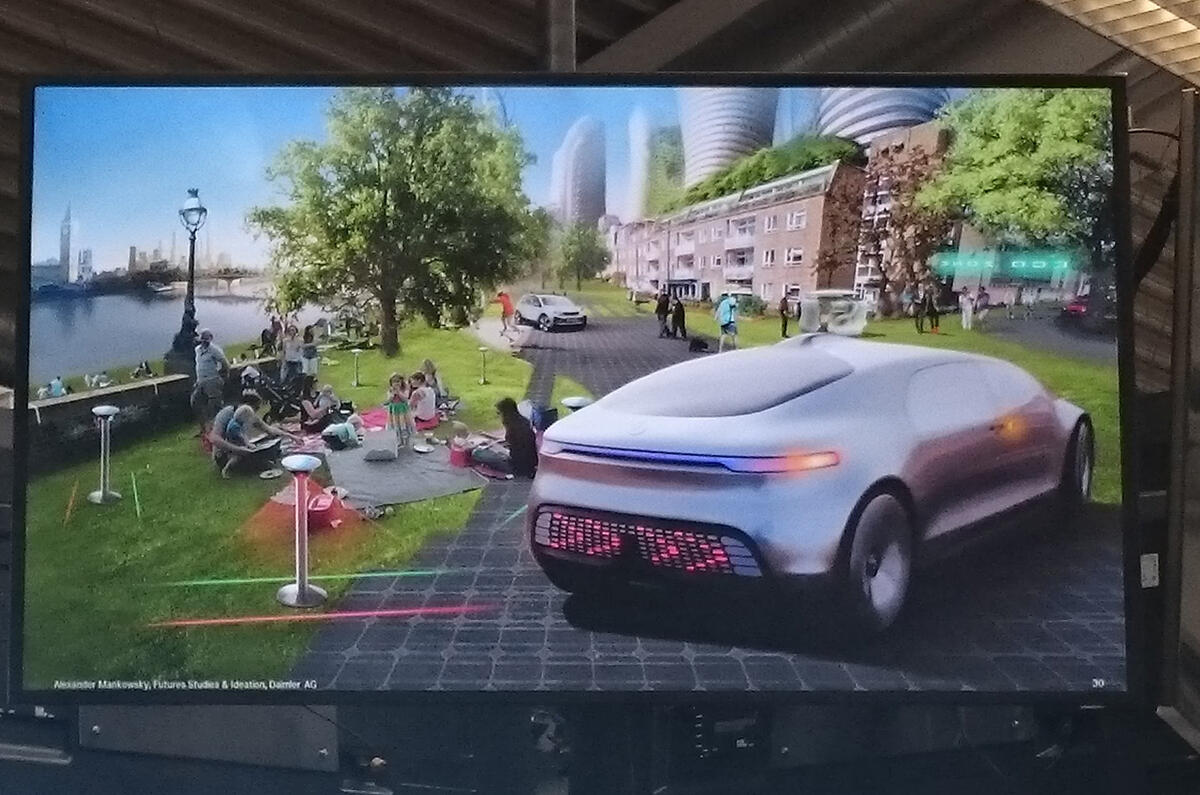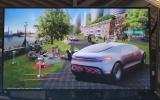A couple of months ago I found myself in Linz, Austria, with Mercedes-Benz. The company was demonstrating its F015 autonomous super-luxury car. The event at which Mercedes was displaying its futuristic concept was an unusual one for a car company to attend.
Part of a bigger series of events during last year, it was a kind of rolling think tank on how the cities of the future should be designed and how the city resident of the future should be living. In Linz, many of the exhibits were concerned with the kind of back-to-basics living that became popular in the 1970s.
A few weeks later I was with Audi in Barcelona, and part of that trip was to another big exhibition concerning the cities of the future. This event, though, was far more about the potential of connectivity and new technology, where everything in the city can communicate with everything else: car parks talking to cars, waste bins talking to the local council.
Interestingly, the UK government had taken a large stand to showcase some of the UK’s big data companies and what they could do.
The possibilities already being investigated are amazing. Ordnance Survey was showing a database that could predict the outcome of severe weather, such as flooding, and which residents of a town would need to be evacuated first. I took it to be some kind of merge of a flooding database with an NHS database.
There’s clearly a global trend towards reinventing the city. Indeed, there are moves to build new cities from scratch, including a 30-year project in north-west London around Willesden and Wormwood Scrubs which has already been dubbed ‘Royal Oaks’.
The trouble for the world’s car makers is that their products might well be ‘designed out’ of such city districts of the future.
The widely held theory is that, by 2030 or so, 70% of the world’s population will be living in cities. Walking, using the bus and cycling will become the norm if you can live close to where you work. Add that to the rise of virtually on-demand taxis in the form of Uber (already a big hit with today’s uni students) and cars become increasingly redundant.
Of course, car makers can’t take these predictions lying down, so they are moving to make the car of the future more compatible with the city of the future.
While at Linz, I managed to snatch a camera phone shot of one of Mercedes’ images of these city-friendly cars of the future. It shows something close to the F015 in a ‘greened’ city (note the grass, trees and narrowed roads) which I immediately recognised as Vauxhall, on the south bank of the Thames in London.














Join the debate
Add your comment
lol, the vege stall Mercs are
Yes, but